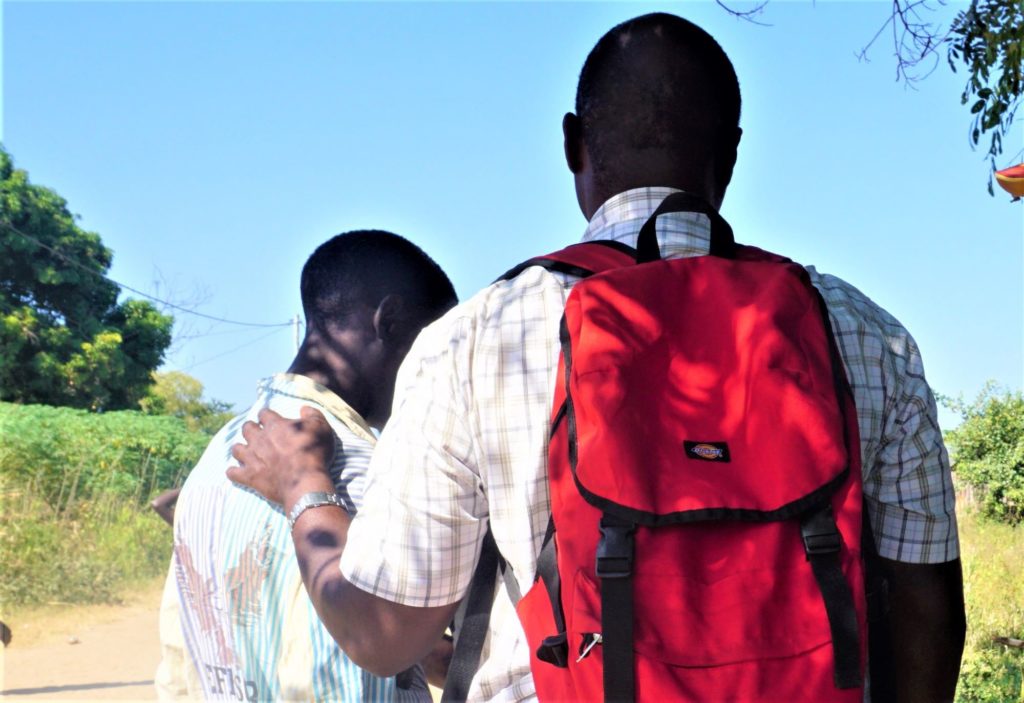by Erin Ensinger
Close your eyes for a moment and imagine you live in a remote village in—well, you pick the place. Perhaps Mexico, Peru, or somewhere in Africa. You trusted Christ for the first time when missionaries came to your village two years ago. Several others chose to trust Christ at the same time. Missionaries came again to spend a few weeks discipling you and the other new believers. Suddenly you found yourself the pastor of a small but growing church in your village. You never received more than a middle school education and just a few precious weeks of biblical education.
Now people in your church start coming to you with their problems—serious, complicated problems. Adultery, domestic violence, desperate poverty. How can you point them to Christ in the midst of their suffering? Where do you even begin?
A Walk with the Wounded, ABH’s newest book, offers practical help for people in ministry with no access to seminary or professional counseling training. These church leaders may not even have a word in their language for the concept of counseling. In some cultures, counseling may be understood as admonition or discipline. Such rebuke only deepens the wounds of hurting people.
In A Walk with the Wounded, we define a biblical counselor not as someone who stands far off issuing judgments, but as a mentor who walks alongside the suffering person. The counselor shares peoples’ burdens with Christ’s compassion while shining the light of God’s Word on their problems.
Since we at ABH love to teach through stories, A Walk with the Wounded focuses on the story of Rhoda and Simon, a couple struggling with alcoholism, abuse, and bitterness. Their pastor Moses, a new believer, struggles with his own feelings of inadequacy as he counsels them. This fictional story is based on real scenarios encountered by ABH staff.
Readers can watch the counseling process in action as Simon and Rhoda work through repentance, forgiveness, setting healthy boundaries, and finding their identity in Christ. After the story portion of each chapter, we dive deeper into specific counseling skills and how to apply Scripture to various counseling scenarios. Each chapter ends with Bible study questions to help readers dig deeper into personal application, finding healing for their own hearts even while learning counseling skills.
In writing A Walk with the Wounded, I worked with a team of professional counselors and also drew upon my own experience as a former social worker in the mental health field. We seek not to bypass professional counselors, but to equip those in ministry who must counsel without professional training. A Walk demonstrates how biblical counseling, whether in a professional office or a remote village, must always “be bathed in prayer, led by the Spirit, and rooted in God’s Word.”
A Walk with the Wounded offers insight not only to pastors, but also to pastors’ wives, church leaders, and mature believers who wish to help people walk with Christ in their suffering. Even Christians who do not participate in a counseling ministry can find encouragement and insight from A Walk with the Wounded. As members of God’s family, we are all charged to share each other’s burdens and to spur one another toward love and good deeds.
